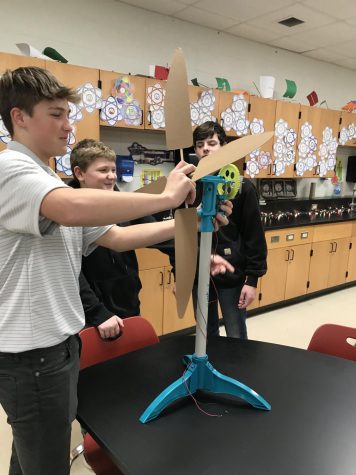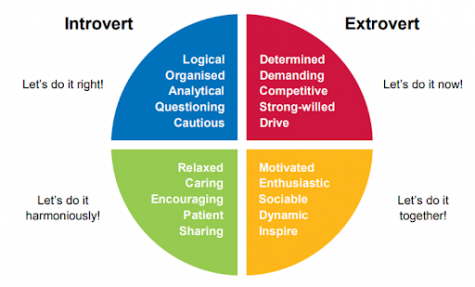Physician Assistant

A Physician Assistant is someone who practices medicine under the supervision of a physician on state laws. They don’t take from doctors, but they decrease some of the routine work for doctors and ease their load. PAs play an important part of a practice.
Physician assistants obtain patient histories, perform physical examinations, diagnose illnesses and develop treatment strategies, order and interpret lab tests, counsel patients on preventative health, perform various medical procedures, assist in surgical operations, and in most states can write prescriptions.Strong interpersonal skills, compassion, leadership skills, self-confidence, analytical skills and the desire to be a life-long learner. Physician assistants require a strong math and science background.
The education that is required is a master’s degree.You need two years of post-graduate education after completing a four-year degree. Essentially, you’re looking at six years of rigorous education in total to become a physician assistant. The first half of the three year are the courses such as health care ethics, health care policy and healthcare management. The rest of the time is spent gaining clinical experience.
Physician assistants work in physicians’ offices, hospitals, outpatient clinics, and other healthcare settings. Most work full time. Physician Assistants made a median salary of $104,860 in 2017. The best-paid 25 percent made $124,200 that year, while the lowest-paid 25 percent made $87,980.A Physician Assistant grows 26% from 2018 to 2028.It grows higher than an average occupation.
A Physician Assistant relates to STEM by for Science you have to know how to work with body parts and see what medicines they need. For technology you have to know what your looking when you’re looking at X-ray CAT scans etc. For engineering you have to get your hands involved when you want to make an aesthetic leg. For math you have to know the right amounts of medicine you need for the type of person.






Karol • Mar 12, 2020 at 10:00 am
I like the article it give great information on what a physician assistant does.